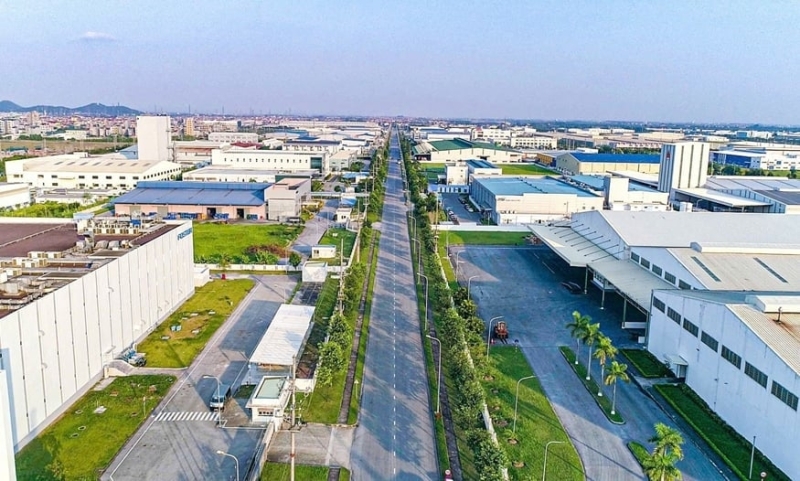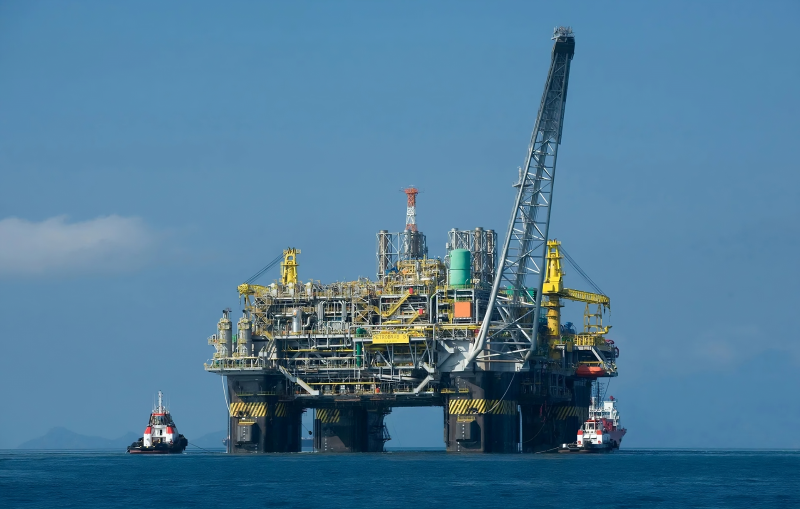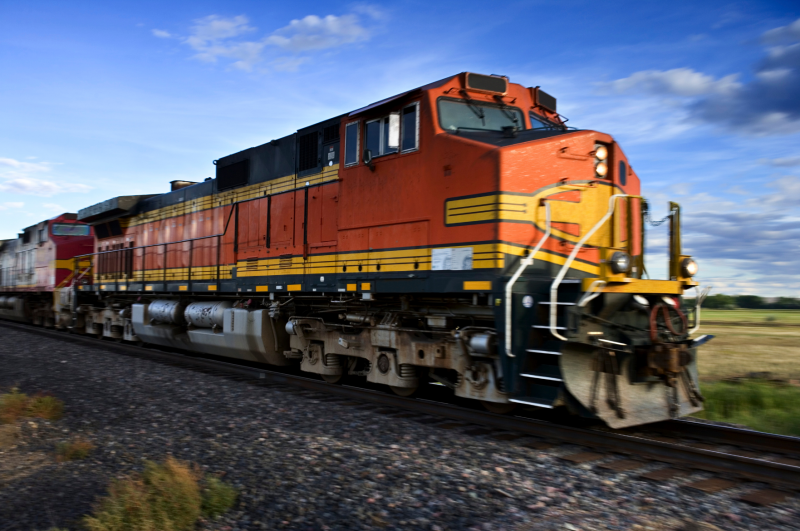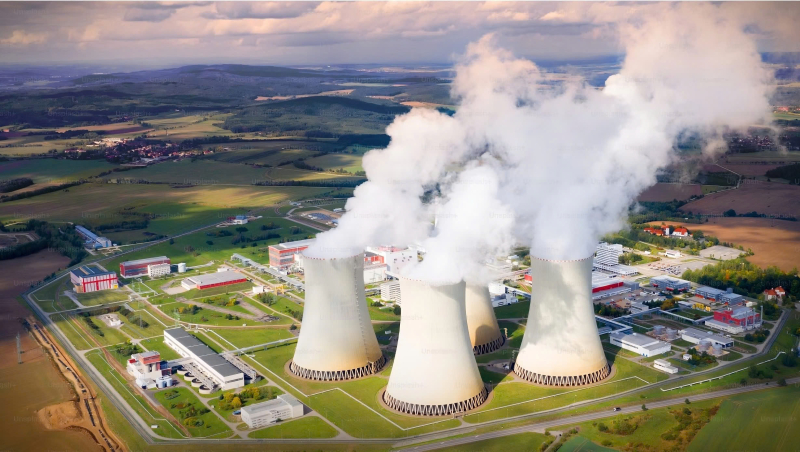In Vietnam, inland container depots primarily serve as points for domestic cargo clearance, storing loaded containers, empty containers, refrigerated containers, oversized cargo, and customs procedures.
Strengths of Inland Container Depots in the Southern Region:
According to experts' assessments, the inland container depot system in the Southern region is proving to be the most efficient nationwide. About 80% of the country's cargo volume passes through the inland container depots in the Southern region. Leveraging its strong connectivity with inland waterway transport, the Southern region's inland container depot system plays a vital role in supporting seaports by facilitating the transshipment of containerized imports and exports. This aids in reducing congestion at seaports and urban traffic, particularly in Ho Chi Minh City.
For businesses, having access to inland container depots shortens transportation distances and time, reducing logistics costs and enhancing competitiveness. These advantages have attracted a substantial portion of containerized import and export cargo undergoing customs procedures at ICDs, reaching 35-40%, leading the country.
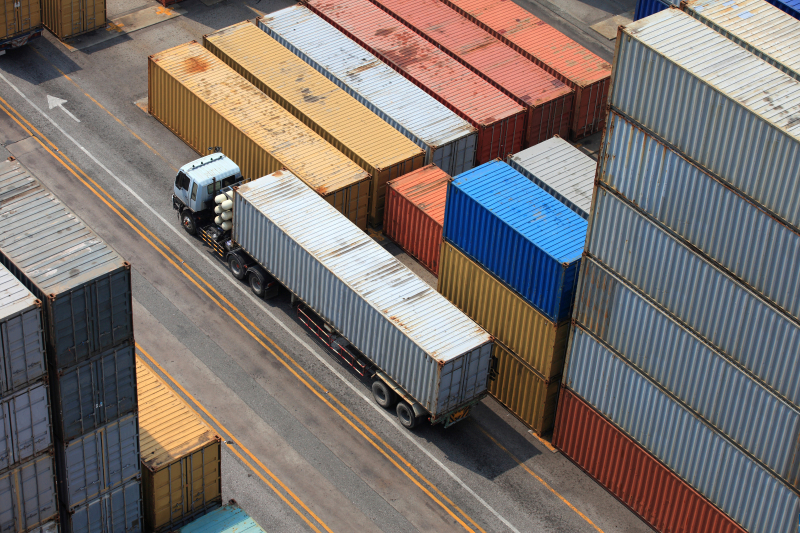
In the Northern region, the connectivity between the inland container depot system and seaports lacks the distinct impact seen in the Southern region. The utilization rate of inland container depots (ICDs) in the Northern region remains low. One of the reasons is that the container shipping market by sea accounts for only about 30% compared to the Southern region. Additionally, the seaports in the Northern region have more development space and are less prone to frequent congestion. Hence, businesses and cargo owners consider transshipment via inland container depots as an optimal solution compared to directly transporting containers to seaports.
With the evolution of e-commerce and cross-border logistics services for e-commerce, there's intense competition demanding quick delivery times and low transportation costs. This poses challenges for Vietnam's logistics industry to keep pace with global standards. Developing inland container depot systems at strategic locations alongside the advancement of logistics infrastructure is the solution to address these challenges.
Source: Western Pacific Group
Do you need support?
Our team of experts is always ready to support and provide customers with optimal solutions! Contact us











